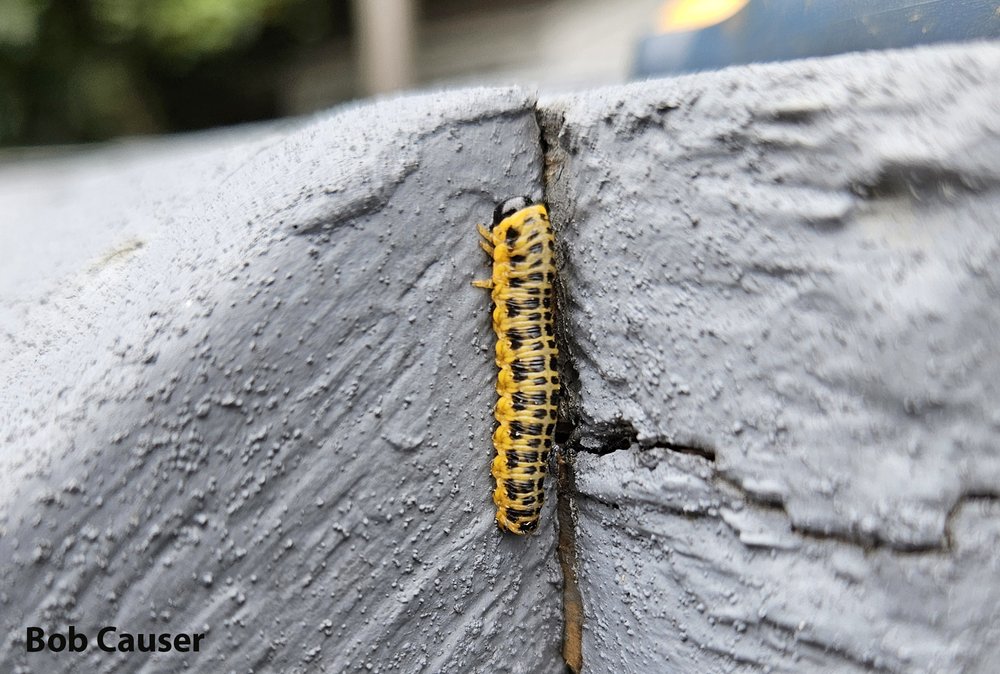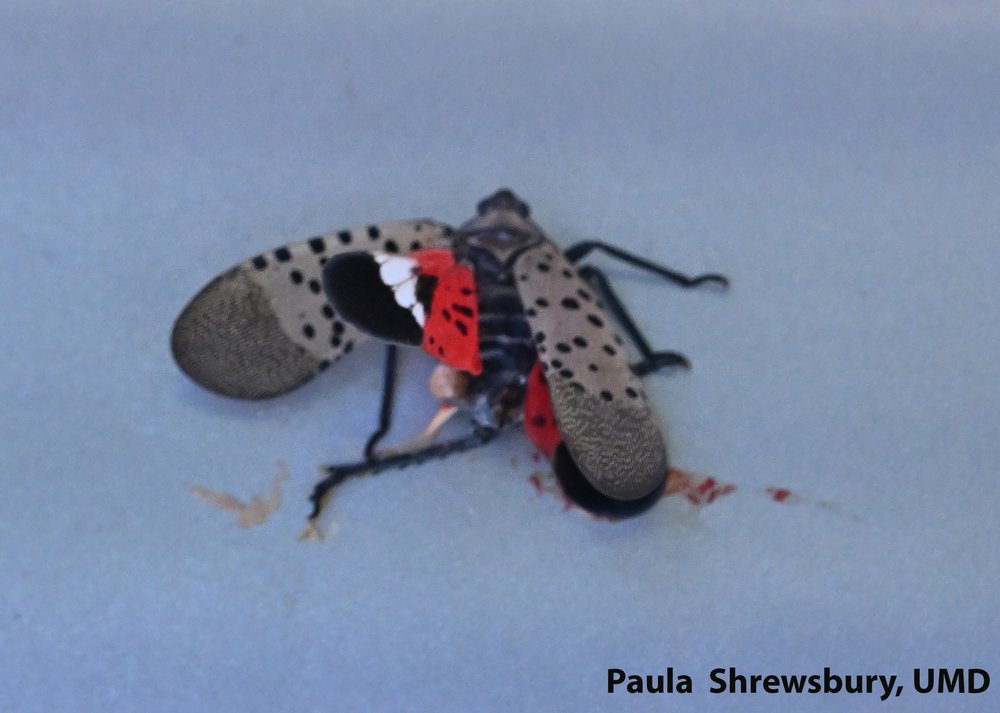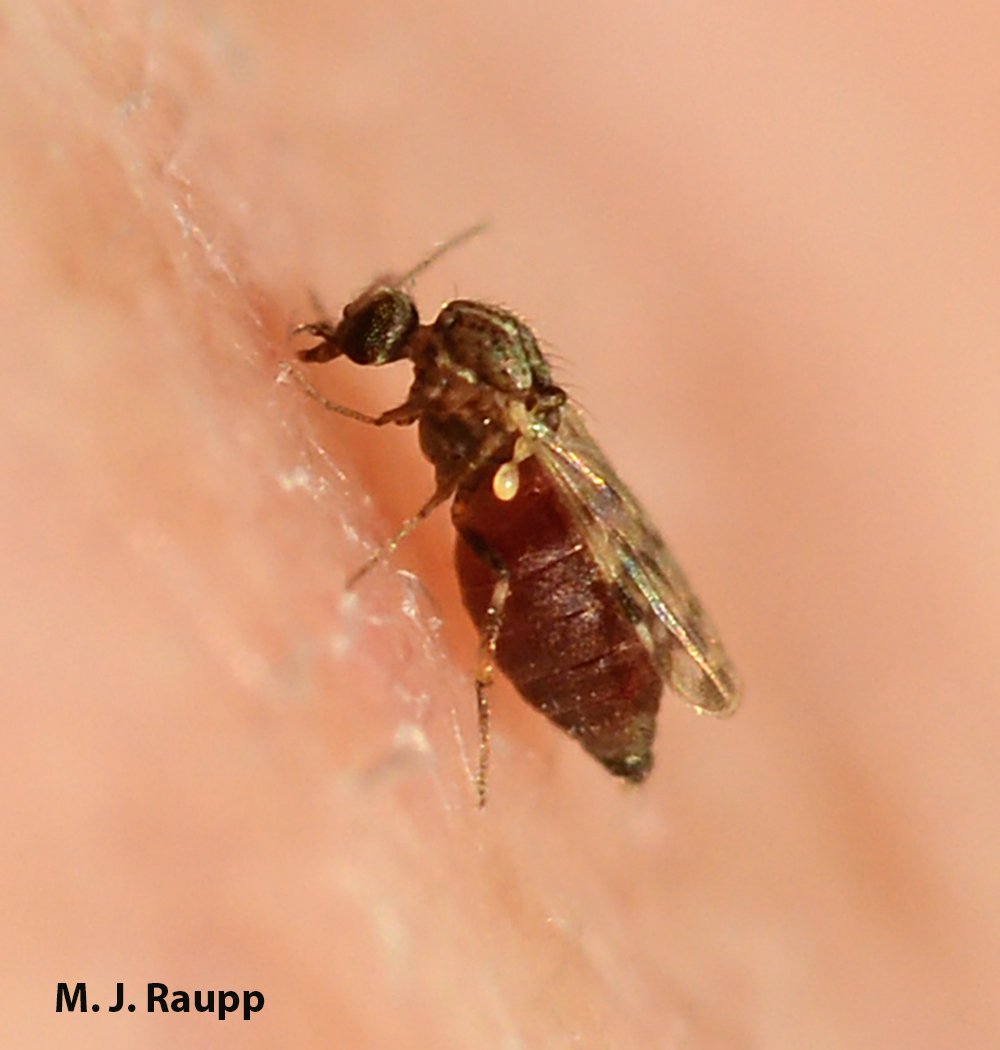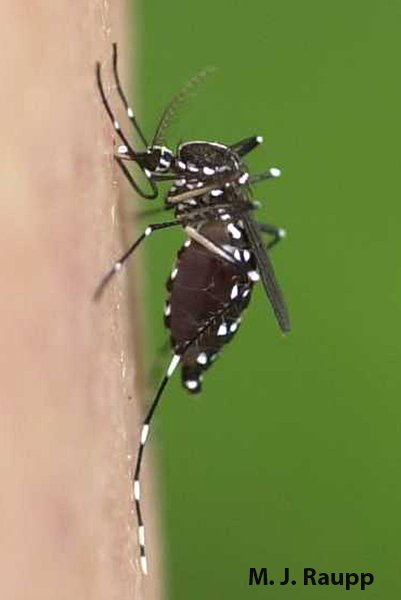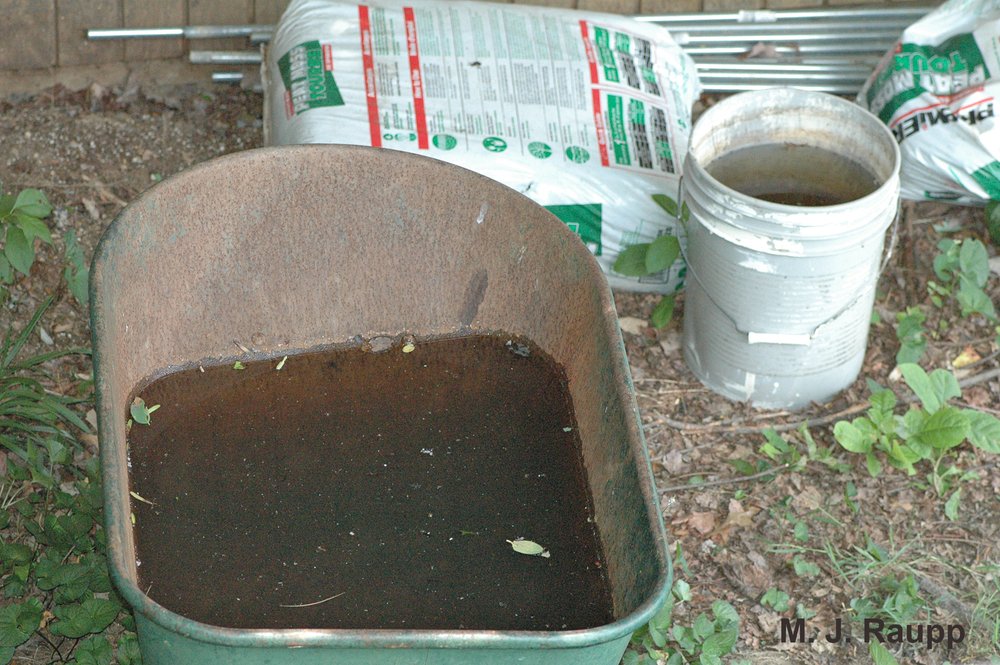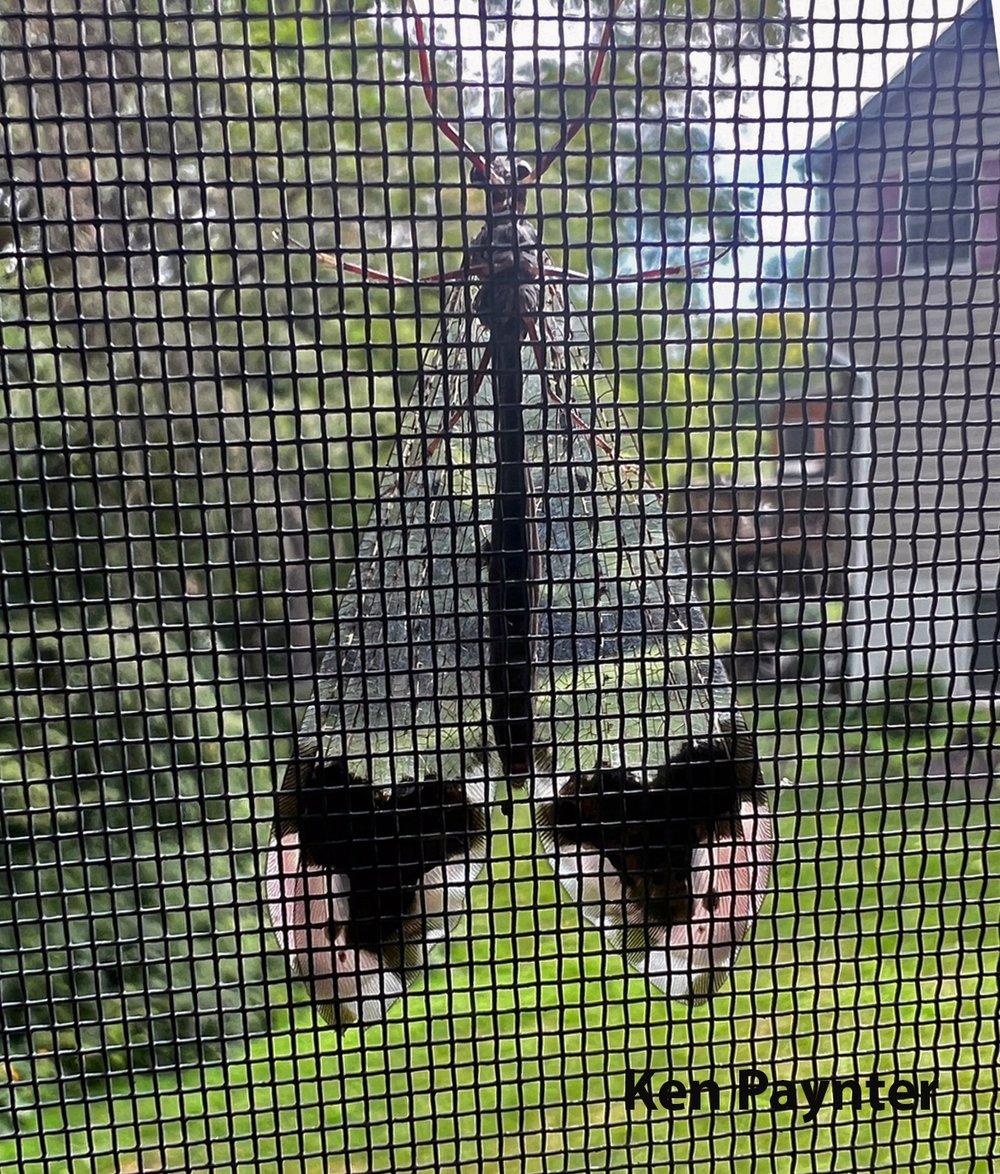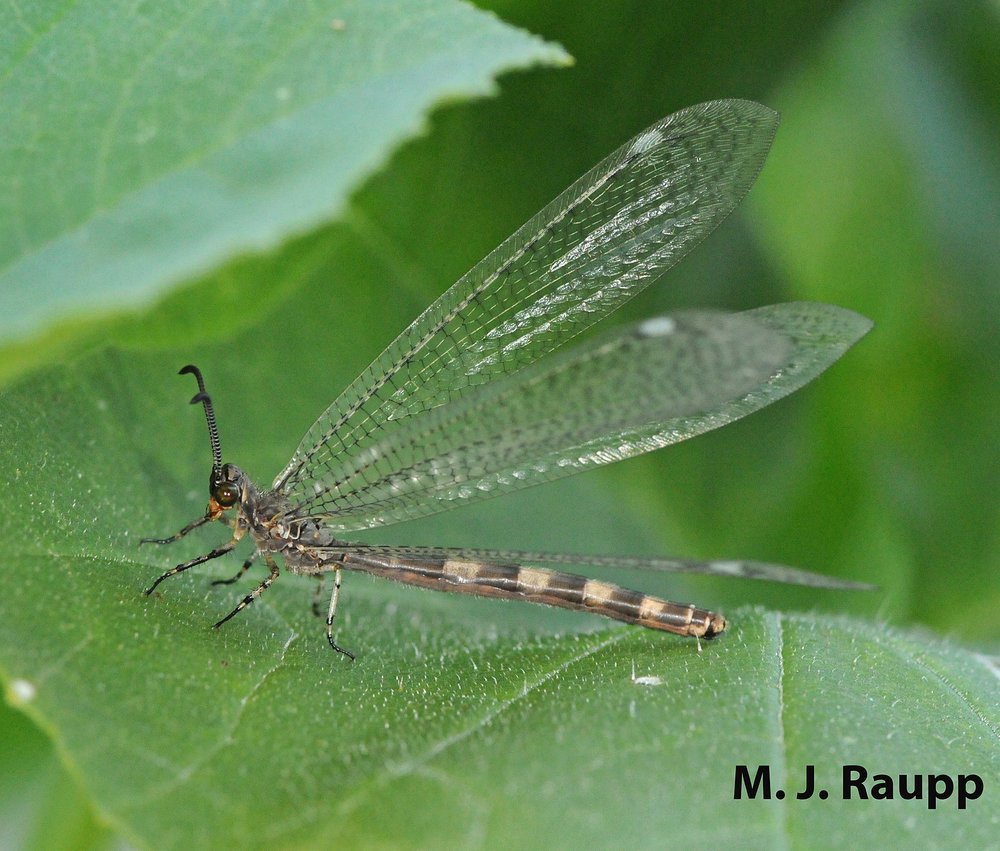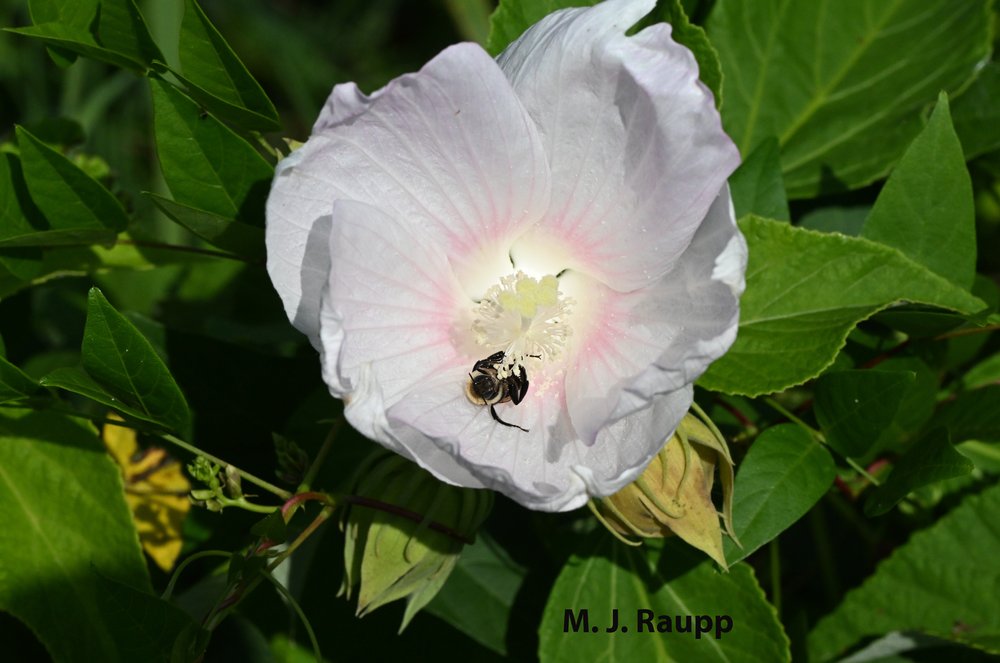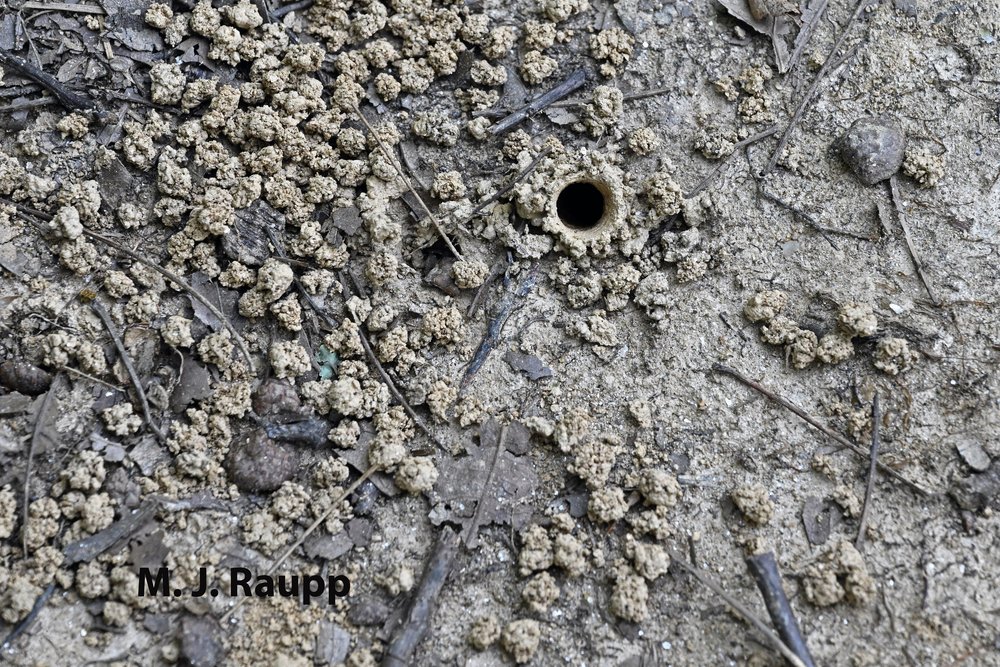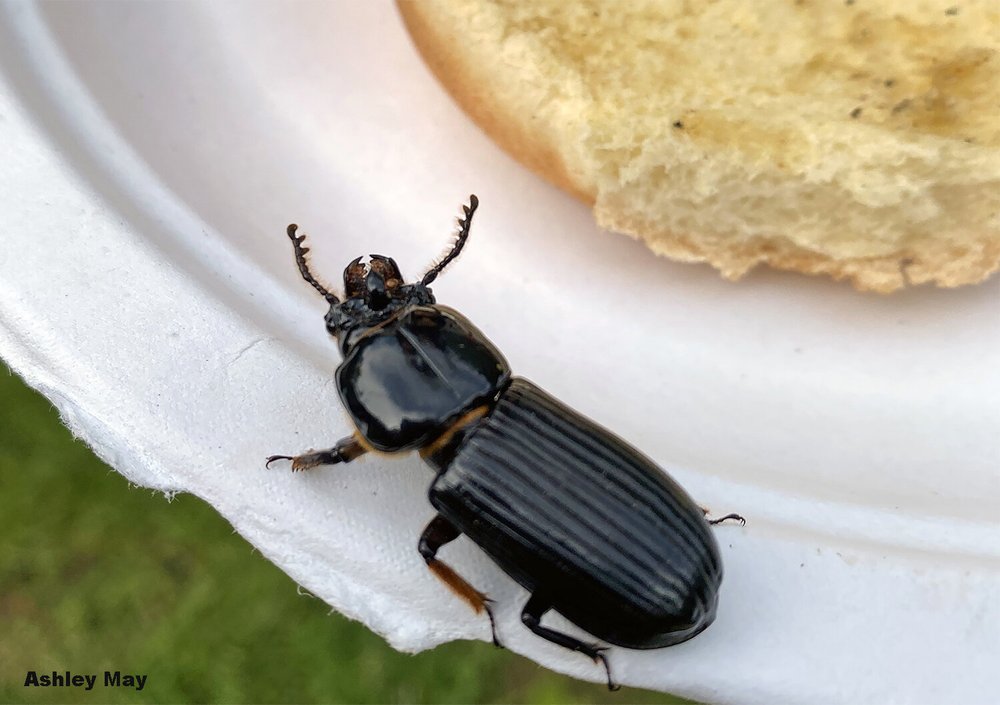Termites in Trees: Spotting the Signs and Preventing Damage
Termites are destructive little beasts. These tiny insects rack up approximately $5 billion in damages for homeowners every year — and it doesn’t stop there. Termites also wreak havoc on the agricultural industry by munching their way through about $40 billion in damage to lumber and other agricultural resources.
Although most people automatically think about damage to walls, floors, and support beams in homes when they think about termites, homes aren’t the only places where termites set up their colonies and start munching down. Although these insects often feed on dead wood found in structures, some termites will also feed on live plants, including tree roots and live trees. Termites in trees pose a unique problem, one that could wreak havoc on your property if the insects remain unchecked.
Introduction to Termites in Trees
For many people, the thought of termites conjures up visions of costly damage to homes and other buildings and structures. However, when they aren’t eating their way through structural elements, termites can also play a beneficial role in the environment. Because many species prefer eating dead wood, they act as a living recycling service. They can also play a helpful part in improving soil structure, aiding in thriving forests.
However, not all termites restrict their diets to dead wood. In these instances, termites can create major problems in many ways. In particular, termite damage in trees represents a hazard that often goes unnoticed until it’s too late to stop the destruction.
Overview of the Threat Posed by Termites
Weakening structures, including limbs and branches, is the primary threat that termites pose to trees. In turn, these issues could lead to significant property damage if trees fall or limbs break. Termites consume up to one pound of wood per day. Imagine the damage they can do to trees. Although subterranean termites often tunnel up trees, beginning at the roots, drywood termites can tunnel in through any area.
It’s also notable that Formosan termites, which are among one of the more aggressive species, are renowned for their preference for live plants. In southern states, seeing Formosan termite tunnels running through tree trunks isn’t entirely uncommon, but it’s still cause for concern. Although the Formosan termite is more prevalent in the South, changing climate conditions can increase the odds of them moving north.
Why Trees? Understanding Termite Attraction to Trees
Termites love cellulose. That’s why many prefer dead, decaying wood — the cellulose is easy to access. All trees can be like an all-you-can-eat buffet if the right termites and the right conditions come along. Subterranean termites may attack any tree that comes in contact with soil. Additionally, trees offer ample shelter to create a termite habitat.
Identifying Signs of Termites in Trees
Because termites are such silent destroyers, knowing what to look for is half the battle. Identifying termites as early as possible can help control the infestation. It can also help prevent termite colonies and the related destruction from spreading.
Visual Indicators of Termite Presence
If you think you might have termites, try gently knocking on an area of the tree. If it sounds hollow, you could have termites slowly eating the innermost layers. A few visual signs to look for include:
- Wilted or discolored tree foliage
- Reduced tree growth
- Mud tubes, typically beginning at ground level and running up the trunk
- Tiny holes around the base or wood shavings near the tree base
- Frass, termite droppings that look like sawdust, around the tree base
- Sizable pile of dirt at the tree’s base, which may contain dead termites
Behavioral Signs of Termite Infestation
One of the surest signs of termites is when you actually see them flying around the tree. At certain times of year, mature termites grow wings and exhibit what is known as “swarming behavior.” This occurs as these termites leave the existing colony in search of mates to establish new colonies. If you see what looks a lot like flying ants or piles of wings near a tree, you likely have an active termite infestation.
Assessing the Risk and Impact
The risks associated with termites infesting a tree are numerous. It could result in damage to the tree itself and the risk of the tree dying, falling, or causing property damage from falling limbs. You also have to consider the possibility of the infestation spreading, both to other trees and to other structures on the property.
Consequences of Termite Infestation in Trees
Tree death, falling limbs, and upended trees are among the potentially serious hazards that could occur due to termite infestations. As the termites eat their way through the live wood and potentially the tree’s roots, it weakens the structure. Early action is needed to save the tree and prevent what could end up being costly consequences.
Implications for the Broader Ecosystem
Termites swarm and fly away when they are mature enough to start their own colonies. However, that doesn’t mean they will fly far away. A termite infestation in one tree could quickly spread to many nearby trees. It could also spread to nearby homes, commercial buildings, and other manmade structures, causing destruction and costly damage within each new area of invasion.
Effective Treatment Options
So, you’ve got termites. Now what? Beginning treatment as soon as possible can help save the tree and avoid allowing the infestation to grow. Some termite control options to consider include both chemical and non-chemical approaches.
Chemical Treatments
Applying a chemical treatment designated for killing termites (a termiticide) can reduce and help eliminate the colony. Termite bait stations placed near and around the tree base may also be beneficial.
Natural and Non-Chemical Methods
Chemicals are only one of the available options. Using biological methods, like introducing termites’ natural predators into the environment, can also be effective. Nematodes, for example, are microscopic parasites that produce bacteria that is lethal to termites. Likewise, pruning dead and damaged limbs can help reduce infestations while also lowering the stress on the trees. Remove any infested wood piles to avoid the risk that an infestation could begin and grow.
Preventing Future Termite Infestations in Trees
Proactive measures can save you time and money while preventing future issues. Maintaining healthy trees can help minimize the risk of infestation, and making smart landscaping decisions can also provide peace of mind.
Termite Prevention Practices
Maintaining healthy trees and shrubs reduces the chances of an infestation. Some of the steps you can take to enhance tree health and prevent future damage include the following:
- Addressing any moisture issues, such as improper drainage, near the tree
- Properly caring for the tree, adding fertilizer and regularly pruning it as necessary
- Routinely removing dead or damaged limbs and branches to avoid attracting termites that are seeking dead wood
Landscaping and Design Choices
When you remove trees on the property, make sure you also remove the stumps. When stumps are left in place, the decaying wood process can be like a neon “welcome” sign to termites in search of a delicious meal. Other helpful landscaping strategies to incorporate include:
- Choose mulch without cellulose, such as gravel, pine straw, or rubber
- Keep trees and shrubs pruned away from buildings to prevent the potential spread of insects
- Grade the terrain or install moisture-control options like a French drain to prevent moisture accumulation
- Store firewood and any wood-based items up off the ground and away from buildings
Monitoring and Long-Term Management
Termite management isn’t a once-and-done solution to the problem. These tiny destroyers cause billions of dollars in damage every year, and it requires careful vigilance to achieve long-term success.
Regular Inspections and Early Detection Techniques
Routinely inspecting trees and buildings for signs of termites can help you catch a termite infestation before the damage becomes widespread. Ongoing monitoring is one of the most effective measures for preventing termites in your garden or other areas of the property. Inspecting trees and keeping a watchful eye out for mud tubes are two early detection techniques commonly recommended for homeowners and commercial property owners alike.
Creating a Termite Management Plan
A termite management plan offers an ongoing framework you can use. It may include filling cracks and crevices you find during routine inspections and installing exclusion systems and barriers to protect vulnerable areas. This plan will help make the property less attractive to termites by controlling moisture, eliminating their food sources, and detecting their presence as early as possible.15 Early detection is essential for minimizing damage.
Professional Help and Resources
You can try to eliminate termites on your own. There are DIY options and plenty of termiticides on store shelves. However, it’s essential to note that termites are notoriously challenging to eliminate effectively. Additionally, you may need a professional to assess the health and safety of the affected tree.
When to Consult a Professional Arborist or Pest Control Expert
If you suspect you have a termite problem, you should consult with professionals as soon as possible. Pros have the expertise needed to assess the health of the trees involved and determine if they pose a safety risk. They can also make recommendations to avoid further damage.
Resources and Support for Homeowners and Gardeners
Professional pest control companies can assess the extent of the damage, identify the type of termites infesting the area, and provide lasting, effective elimination. Professionals can also help you craft a long-term termite management plan for ongoing prevention.
Contact Catseye Pest Control for Help with Termites
Catseye has decades of experience dealing with termites and effectively eliminating them from properties of all types. Our expert team partners with homeowners and property owners to knock out infestations and achieve lasting control. We start with a thorough inspection to customize a plan for each unique situation. Our tailored approach preserves trees and protects other structures in the yard while helping to safeguard your home. Contact us today to learn more about our termite control services or to schedule a free inspection.
The post Termites in Trees: Spotting the Signs and Preventing Damage appeared first on Catseye Pest Control.
This article appeared first on Catseye Pest
